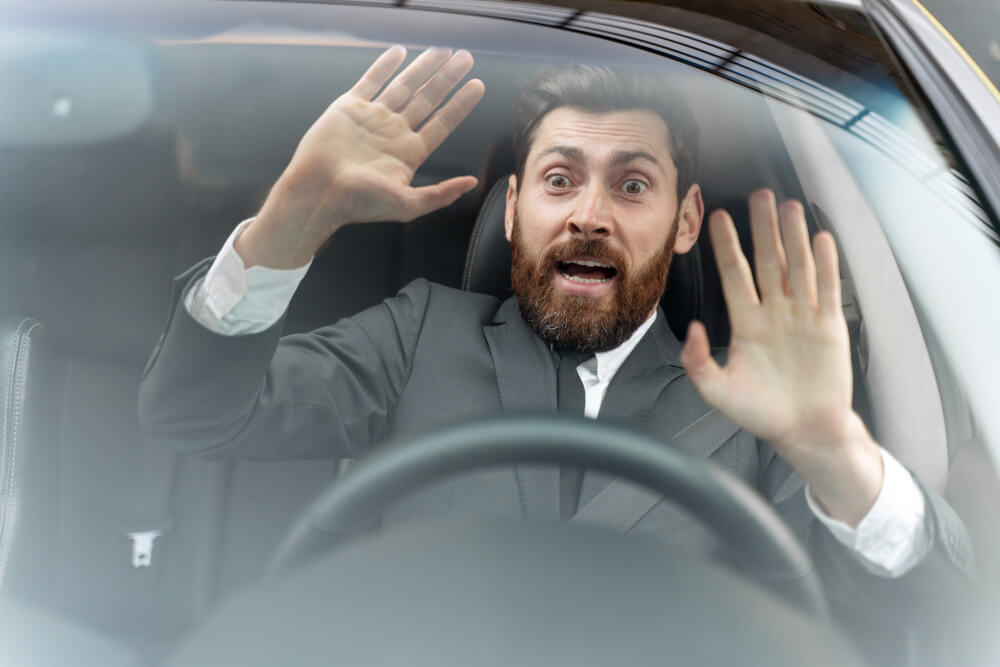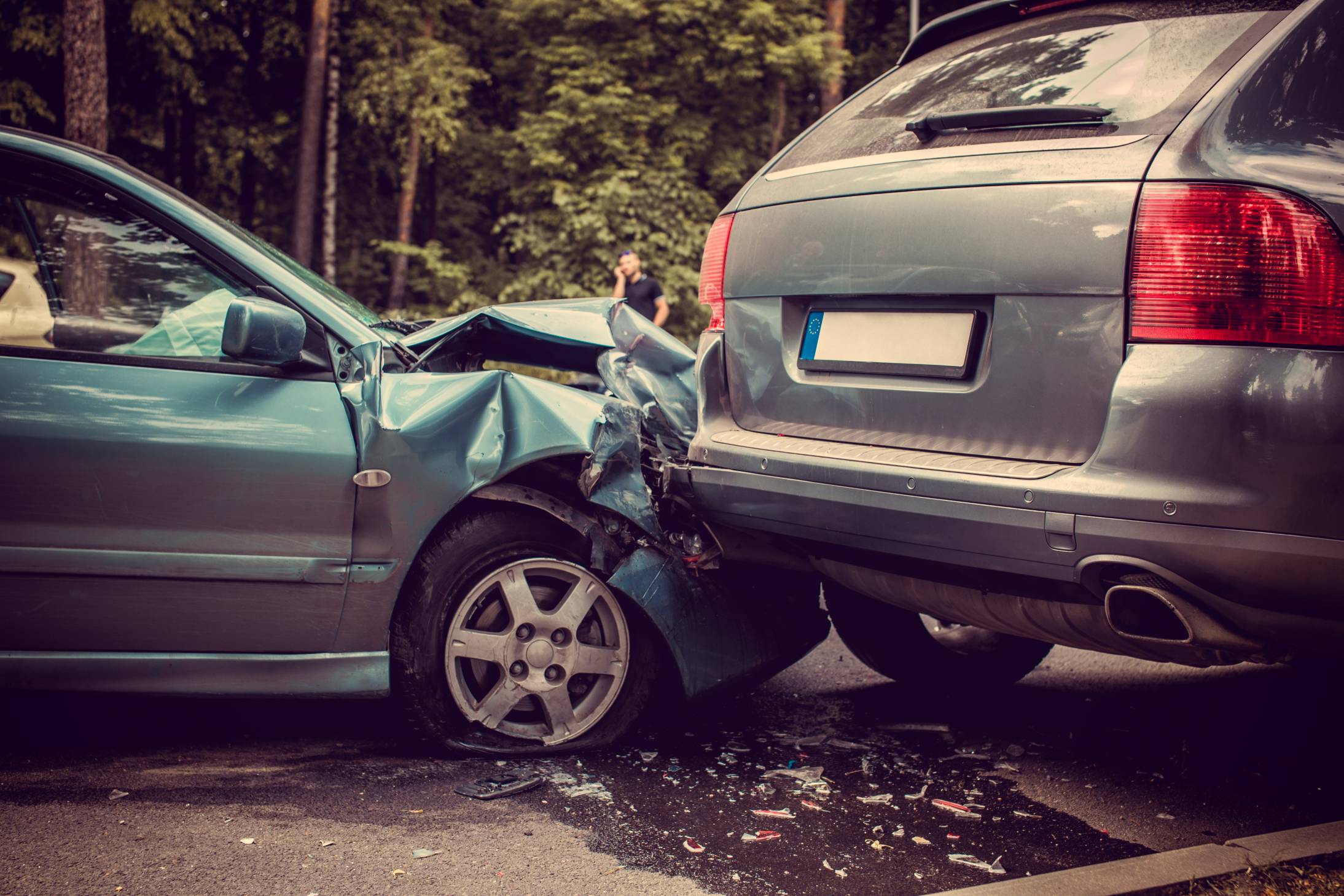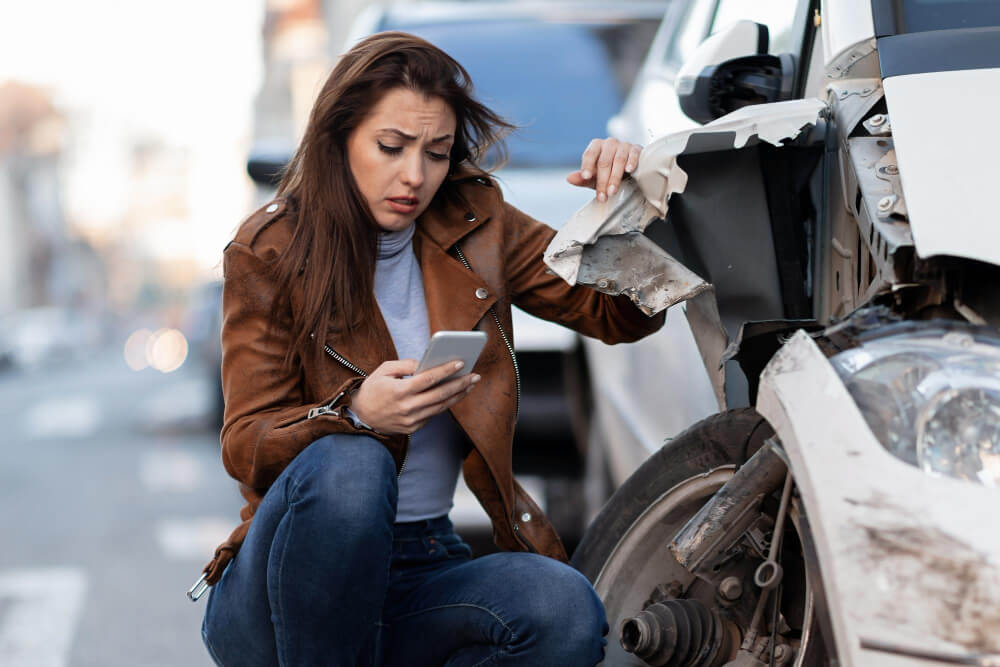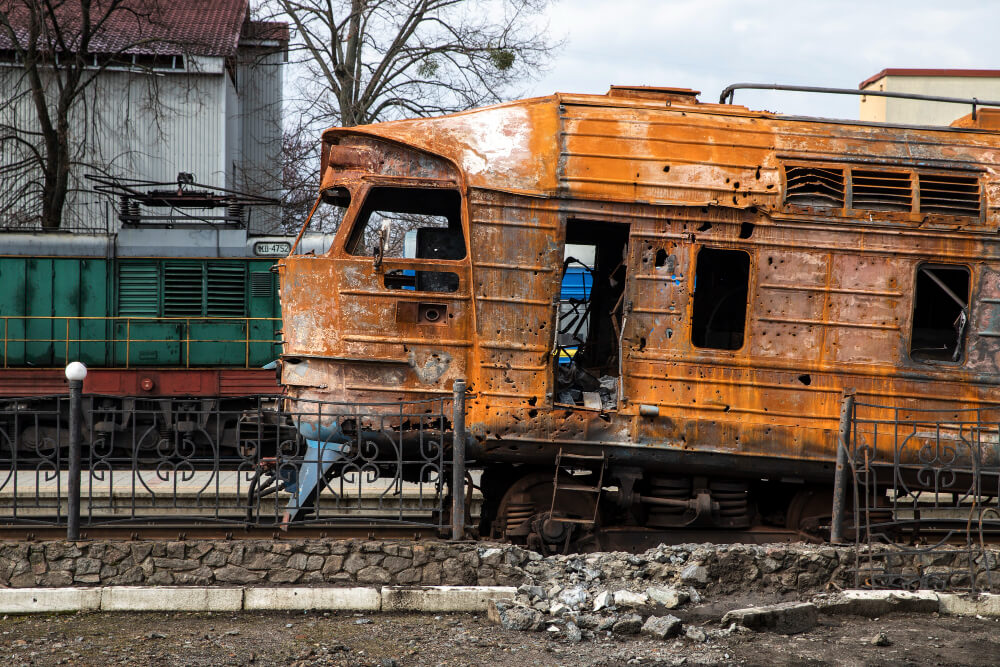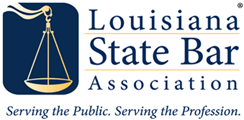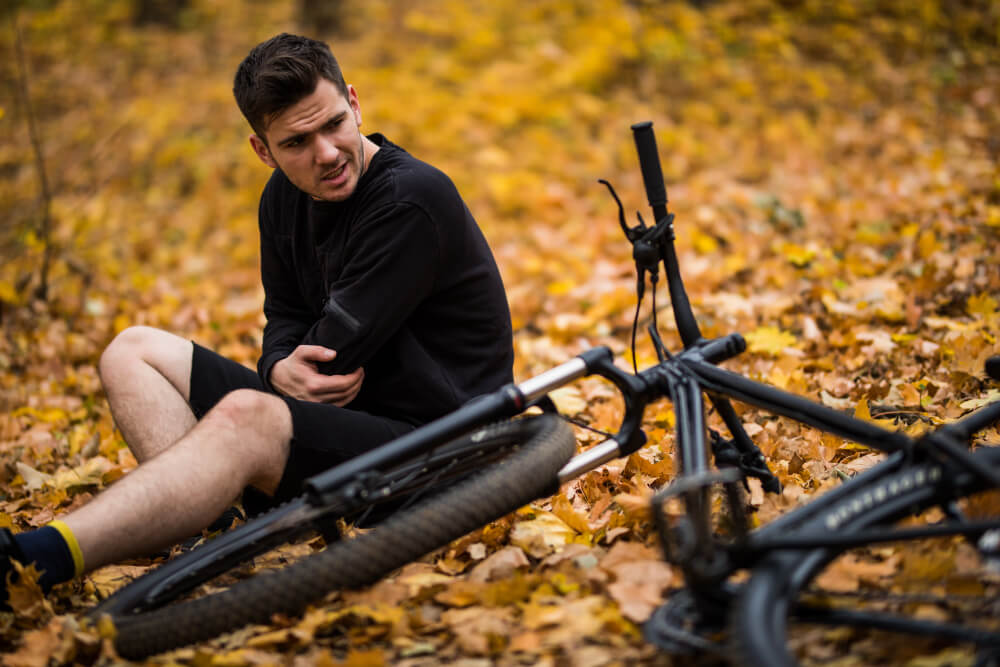
Louisiana Bicycle Accident Lawyers for Injured Cyclists
Riding a bicycle is fun, improves mental and physical well-being, is convenient for getting around town, and is environmentally friendly. There are innumerable reasons why riding a bike is good for you and good for Louisiana. The estimated costs of traffic congestion are over $5 billion per year. More bikes

